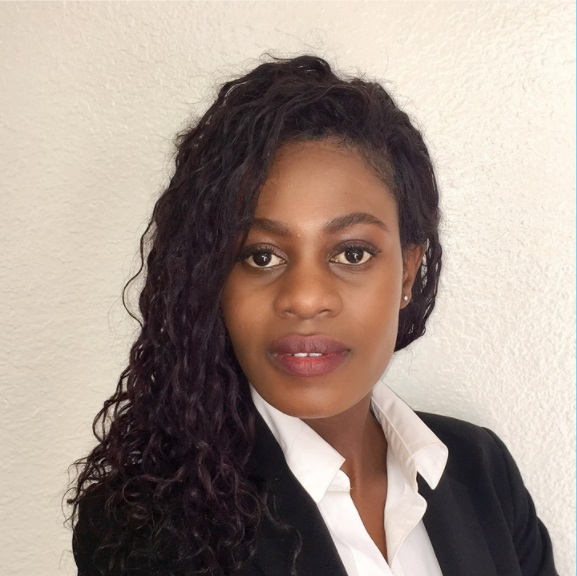Happy International Women's Day
 Wednesday, March 8, 2023 at 2:24PM
Wednesday, March 8, 2023 at 2:24PM 
From Magda Ali, Ntombizodwa Makuyana and Amy Dashwood, PhD students in our lab.
 Liston lab,
Liston lab,  women in science
women in science Becoming a Scientist
Virus Fighter
Build a virus or fight a pandemic!
Maya's Marvellous Medicine
Battle Robots of the Blood
Just for Kids! All about Coronavirus
 Wednesday, March 8, 2023 at 2:24PM
Wednesday, March 8, 2023 at 2:24PM 
From Magda Ali, Ntombizodwa Makuyana and Amy Dashwood, PhD students in our lab.
 Liston lab,
Liston lab,  women in science
women in science  Wednesday, November 9, 2022 at 11:56AM
Wednesday, November 9, 2022 at 11:56AM 
 Liston lab,
Liston lab,  diabetes,
diabetes,  women in science
women in science  Tuesday, December 21, 2021 at 5:55PM
Tuesday, December 21, 2021 at 5:55PM  The Golden Pipette has a long and illustrious record. Awarded at every lab retreat in recognition of a single very cool result, the Golden Pipette has been handed down through generations of talented scientists. This year the Golden Pipette was awarded to.... Ntombizodwa Makuyana, for her exciting new approach to creating an anti-inflammatory environment in the lung. Well done Tombi, for a stunning first year PhD result!
The Golden Pipette has a long and illustrious record. Awarded at every lab retreat in recognition of a single very cool result, the Golden Pipette has been handed down through generations of talented scientists. This year the Golden Pipette was awarded to.... Ntombizodwa Makuyana, for her exciting new approach to creating an anti-inflammatory environment in the lung. Well done Tombi, for a stunning first year PhD result!
 Saturday, October 9, 2021 at 3:59PM
Saturday, October 9, 2021 at 3:59PM  Congratulations to Ntombizodwa Makuyana, for winning the Babraham Institute prize for best poster by a first year PhD student!
Congratulations to Ntombizodwa Makuyana, for winning the Babraham Institute prize for best poster by a first year PhD student!
A great start to a high potential PhD!
 Monday, June 21, 2021 at 1:03PM
Monday, June 21, 2021 at 1:03PM An old talk I gave on my scientific career, with an emphasis on being a parent scientist and on my experience in seeing sexism in action in the academic career pathway:
 Tuesday, June 1, 2021 at 2:43PM
Tuesday, June 1, 2021 at 2:43PM 
 Liston lab,
Liston lab,  women in science
women in science  Thursday, October 8, 2020 at 6:37PM
Thursday, October 8, 2020 at 6:37PM CCongratulations to the very talented Julika Neumann, who successfully defended her application for a competitive FWO PhD fellowship!
Just starting her PhD, Julika already has several major successes under her belt, including identifying a new primary immunodeficiency (stay tuned!) and spear-heading an open science study on COVID pathology.
We anticipate more great successes from Julika during her FWO fellowship!
 Sunday, December 1, 2019 at 9:51AM
Sunday, December 1, 2019 at 9:51AM 
 Friday, August 30, 2019 at 4:06PM
Friday, August 30, 2019 at 4:06PM  Congratulations to Dr Lidia Yshii for winning the 7th Golden Pipette at our joint Leuven-Cambridge lab retreat held at the Babraham.
Congratulations to Dr Lidia Yshii for winning the 7th Golden Pipette at our joint Leuven-Cambridge lab retreat held at the Babraham.
The most elegant experiment is always a tough call at our lab retreat, but it is hard to go past a simple treatment that blocks 90% of the damage during traumatic brain injury!
Looking forward to accelerating this treatment into the translational space.
 Wednesday, April 24, 2019 at 4:03PM
Wednesday, April 24, 2019 at 4:03PM Algoritmen kunnen inzichten bereiken waar een mens moeilijk toe komt. Computeralgoritmen kunnen almaar beter moeilijke diagnosen stellen, soms zelfs beter dan artsen. Immunologe Erika Van Nieuwenhove van de Leuvense tak aan het Vlaams Instituut voor Biotechnologie (VIB) en haar collega’s melden in Annals of the Rheumatic Diseases dat ze een zelflerend algoritme hebben ontwikkeld dat met bijna 90 procent zekerheid artritis bij kinderen kan vaststellen, louter op basis van een bloedtest.
Het gaat om de vaakst voorkomende vorm van reuma bij kinderen, maar omdat de ernst en de evolutie van de symptomen sterk kunnen variëren, is een diagnose stellen niet altijd gemakkelijk. Het algoritme evalueert alleen de samenstelling van het immuunsysteem van de patiënten. Het zal nuttig zijn om te bepalen welke behandeling aangewezen is.
Knack - 24 Apr. 2019 - Page 86